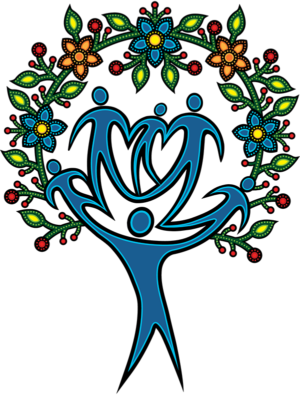Teen Mentoring Toolkit
Tools for planning, implementing and evaluating a quality school or community-based teen mentoring initiative

Monitoring & Support
“Students are entitled to welcoming, caring, respectful and safe learning environments that respect diversity and nurture a sense of belonging and a positive sense of self.” Education Act.
Teen mentoring initiatives require regular staff monitoring and support. Matches that are monitored are more satisfying and successful, and lead to more positive youth outcomes9. When teen mentoring initiatives are not adequately supported by adult guidance and supervision, they will be less effective and have the capacity to do as much harm as good because mentors have a greater opportunity to model and encourage age-inappropriate, unconventional, risk-taking behaviours to their mentees. A staff member should be designated to take the lead in implementing and supervising the teen mentoring. Step 7: Tool A - Teen Mentoring Initiative Staff Job Description (Sample) outlines common responsibilities of this role.
Monitoring and supervision should focus on ensuring:
- Match participants are safe.
- Match participants are following initiative rules and guidelines.
- Match participants are well supported.
- Match participants are attending on a regular basis.
- Mentors are providing appropriate role modelling.
- Match participants are satisfied with their relationship.
- Problems and challenges are addressed as they arise.
- Matches are engaging in positive, constructive and appropriate activities.
Tips for monitoring teen mentoring matches:
- Regularly observe match meetings.
- Balance providing support with allowing matches to practice problem-solving, conflict-resolution and
communication skills with one another. - Clearly define, discuss and reinforce ground rules and initiative expectations as needed.
- Check in with mentors and mentees on a regular basis, weekly or bi-weekly. Meetings do not need to be lengthy but should provide opportunities for sharing of thoughts and ideas and to proactively address any concerns. Group problem solving can build important skills and increase engagement. Step 7: Tool B – Match Monitoring Questions (Sample) can be used as a guideline.
- Keep documentation or notes of any observations, match monitoring meetings or contacts.
- Be available in person or by e-mail as needed and let mentors and mentees know they can contact staff whenever necessary.
- Have mentors and/ or mentees fill out a match activity log or journal, such as Step 7: Tool C – Teen Mentoring Journal, to explain how they spent their time.
- Speak with teachers and school staff who observe matches or interact with the students for any feedback or observations and note successes and challenges.
- By implementing a mentoring CTS course it is ensured that students will receive ongoing training and support.
Mentor Recognition:
It is important that students understand their participation and time makes a difference in the school community.
Recognition activities help students understand the impact they have had, foster feelings of success and
accomplishment, reinforce their connections to what they have accomplished, allow students to share their
accomplishments with others, support the retention of volunteers and adds visibility to the initiative to recruit new
students. Recognition events may increase student self-esteem, self-efficacy, and social capital, and facilitate
the development of one’s identity as a helping, caring individual. Activities may include:
- Newsletter highlighting the initiative and activities
- Newspaper articles
- School assembly recognition
- Certificates
- Pizza party
- Appreciation breakfast
- Public presentations
- Off campus trips
- Regularly saying ‘thank you’
“We acknowledge that we are on and support Mentoring for Youth in the traditional territories across Alberta of the many First Nations from Treaty 6,7,& 8, the Métis of the 8 Alberta Settlements, and Inuit people whose footsteps have marked these lands for centuries.”
